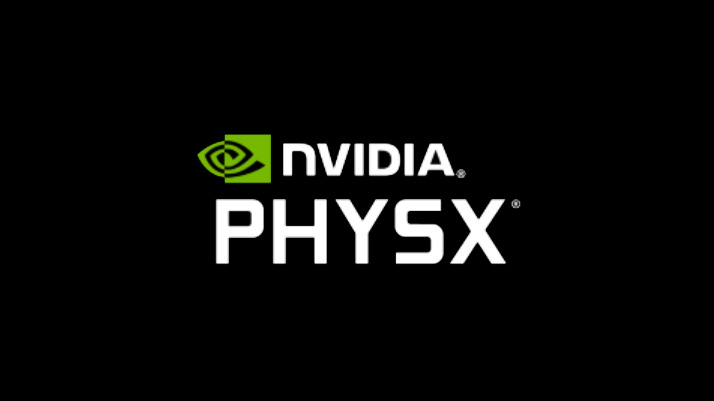Nvidia has quietly retired 32-bit PhysX support on RTX 50 series GPUs — a game-specific graphics technology that was advertised heavily during the 2000s and early 2010s. Nvidia confirmed the technology’s end-of-life status (at least the 32-bit version) on the Nvidia forums as a result of 32-bit CUDA applications support deprecation starting with the RTX 50 series.
As far as we know, there are no 64-bit games with integrated PhysX technology, thus terminating the tech entirely on RTX 50 series GPUs and newer. RTX 40 series and older will still be able to run 32-bit CUDA applications and thus PhysX, but regardless, the technology is now officially retired, starting with Blackwell.
PhysX is one of the oldest Nvidia technologies, almost rivaling the age of CUDA itself. PhysX was a proprietary physics simulation SDK capable of processing ragdolls, cloth simulation, particles, volumetric fluid simulation, and other physics-focused graphical effects.
Since its inception in 2008, the proprietary Nvidia physics technology has been integrated into a decent-sized number of games. It was integrated into several notable AAA games, including the Batman Arkham trilogy, Borderlands: The Pre-Sequel, Borderlands 2, Metro: Last Light, Metro: Exodus, Metro 2033, Mirror’s Edge, The Witcher 3, and some older Assassin’s Creed titles.
PhysX popularized the idea of running physics calculations on the GPU rather than the CPU. Running physics on the GPU usually allows for significantly greater rendering performance for physics-related graphical effects, enabling higher frame rates and also improving the quality of physics effects compared to what could be achieved on a CPU. PhysX was only possible because it used CUDA — a proprietary Nvidia platform that enabled CPU-focused programming languages to be executed on the GPU.
By the late 2010s, PhysX’s adoption slowed significantly in favor of more flexible alternative solutions (including CPU- and GPU-compatible solutions). The biggest problem that plagued PhysX was its strict compatibility with Nvidia GPUs, preventing it from being used on competing GPUs, consoles, and smartphones. On top of this, Nvidia also began dropping support for some PhysX features later on in its life cycle. For example, in 2018, Warframe transitioned from PhysX to a homebrewed physics simulation framework (based on PhysX) due to Nvidia dropping physics particle simulation support.
The only way now to run PhysX on RTX 50 series GPUs (or newer) is to install a secondary RTX 40 series or older graphics card and slave it to PhysX duty in the Nvidia control panel. As far as we are aware, Nvidia has not disabled this sort of functionality.
